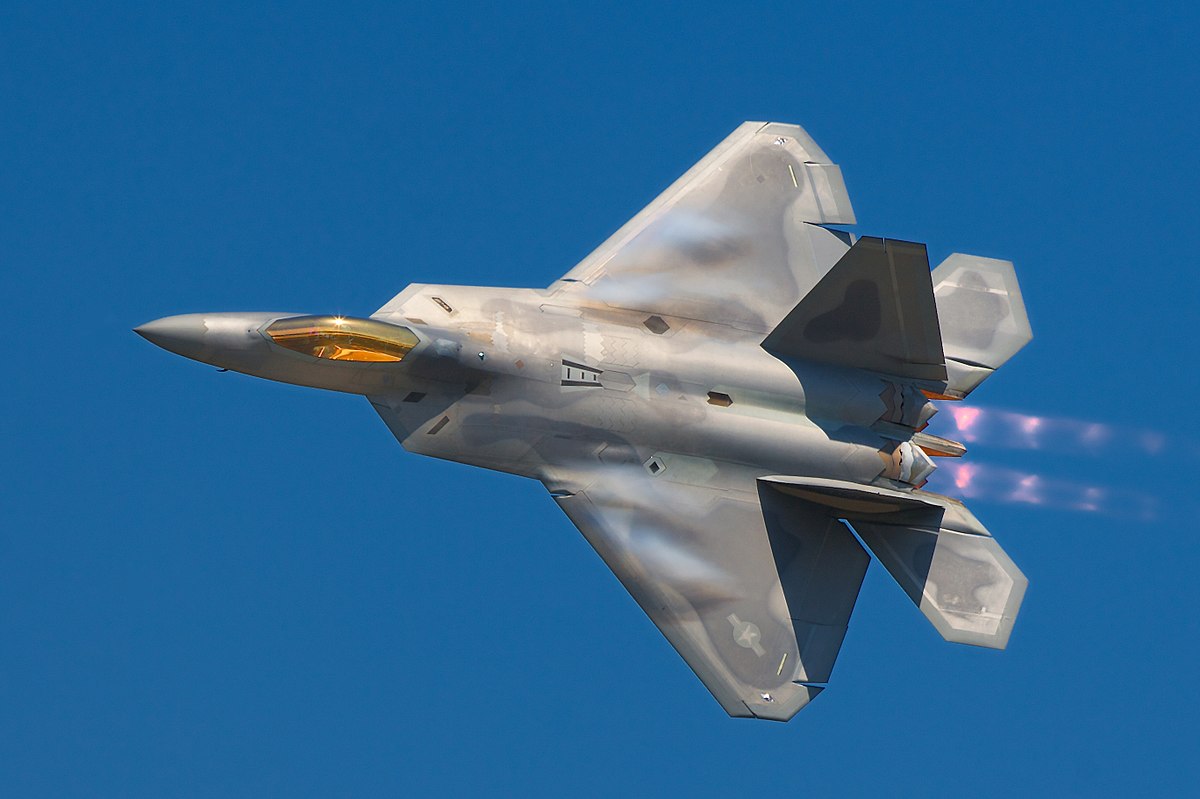The F-22 Raptor Facts: 30 Things to Know
The F-22 Raptor Uses Thrust Vectoring For Superior Maneuverability

A successful fighter jet allows the pilot to maximize his or her tactical potential while removing the workload when possible. And the F-22 Raptor takes that to the next level. In what is touted as “super-maneuverability”, the F-22 has a variety of mechanisms built into every inch of the plane to make it as agile as possible. The engines, a pair of Pratt & Whitney F119s, varies its thrust direction by 20 degrees which is referred to as thrust vectoring. What does this accomplish? Well, it allows the plane to make more precise high-g turns, perform stall maneuvers without stalling the aircraft and point the plane at targets directly. All of these capabilities put the F-22 at an advantage to other lesser fighters it may come across in the air.

